(NLDO) - Unlike the satellite named Moon which is a part of Earth, the two moons Phobos and Deimos of Mars are extremely "dark" in nature.
According to Live Science, a research team led by Professor Sonia Fornasier from Paris Cité University (France) analyzed a series of never-before-published images of the Mars Express Mars probe - European Space Agency (ESA).
It is a 300-image series that exquisitely captures the features of Phobos, the larger of Mars' two moons.
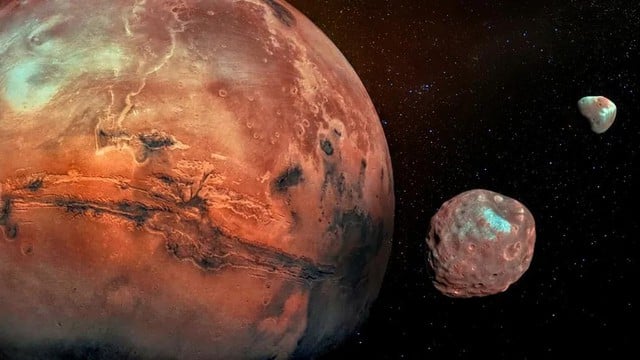
Two Martian moons could be "invaders" from the edge of the Solar System - Photo: NASA/BBC SKY AND NIGHT MAGAZINE
Optical measurements suggest that Phobos's surface may be porous, sand-like, and devoid of atmosphere. Alternatively, the surface may be covered by a thick layer of oddly grooved dust particles, resulting in uneven reflection of sunlight.
These properties are not similar to other moons in the Solar System, but rather to comets of the Jupiter family, which are comets whose orbits are governed by the gravity of Jupiter.
In addition, previous studies have also shown that Mars' Phobos does not have the same origin as Earth's Moon.
The Moon is thought to have been formed from debris from a collision between the early Earth and the hypothetical planet Theia, and thus has a similar composition to modern Earth. But Phobos has a completely different composition from its parent planet, making it a “kidnapped moon.” And in the most plausible scenario, Phobos must be a comet masquerading as a moon.
These findings also have implications for Deimos. If Phobos was a comet, then Deimos may have been a comet, too.
In fact, the authors suggest that the two moons may have once been a single comet consisting of two different large and small lobes, which was torn apart by Mars, then trapped in orbit and became the planet's moon.
The Martian moons are said to have a "dark" origin because most comets in the Solar System come from the Kuiper Belt or Oort Cloud, distant structures in the murky fringes of the solar system.
The discovery still needs final confirmation. Thankfully, Japan’s MMX spacecraft – scheduled to launch this year on a joint mission with NASA – will be heading to Phobos and Deimos to retrieve samples, which should yield some interesting answers.
Source: https://nld.com.vn/hai-ke-xam-lang-tu-ria-he-mat-troi-dang-bay-quanh-sao-hoa-196240523171417496.htm




![[Photo] Closing of the 11th Conference of the 13th Central Committee of the Communist Party of Vietnam](https://vstatic.vietnam.vn/vietnam/resource/IMAGE/2025/4/12/114b57fe6e9b4814a5ddfacf6dfe5b7f)
![[Photo] Overcoming all difficulties, speeding up construction progress of Hoa Binh Hydropower Plant Expansion Project](https://vstatic.vietnam.vn/vietnam/resource/IMAGE/2025/4/12/bff04b551e98484c84d74c8faa3526e0)

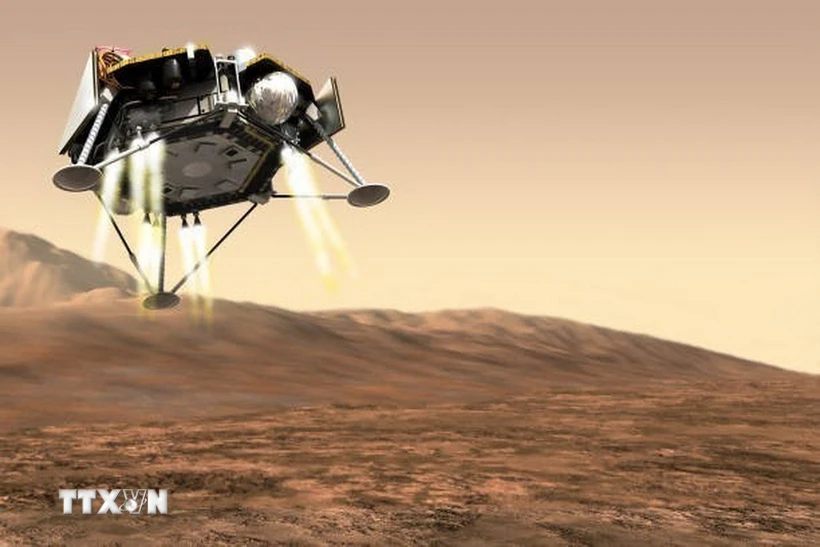

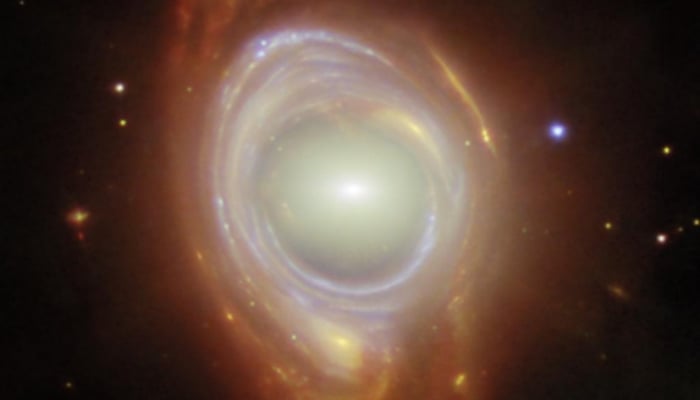

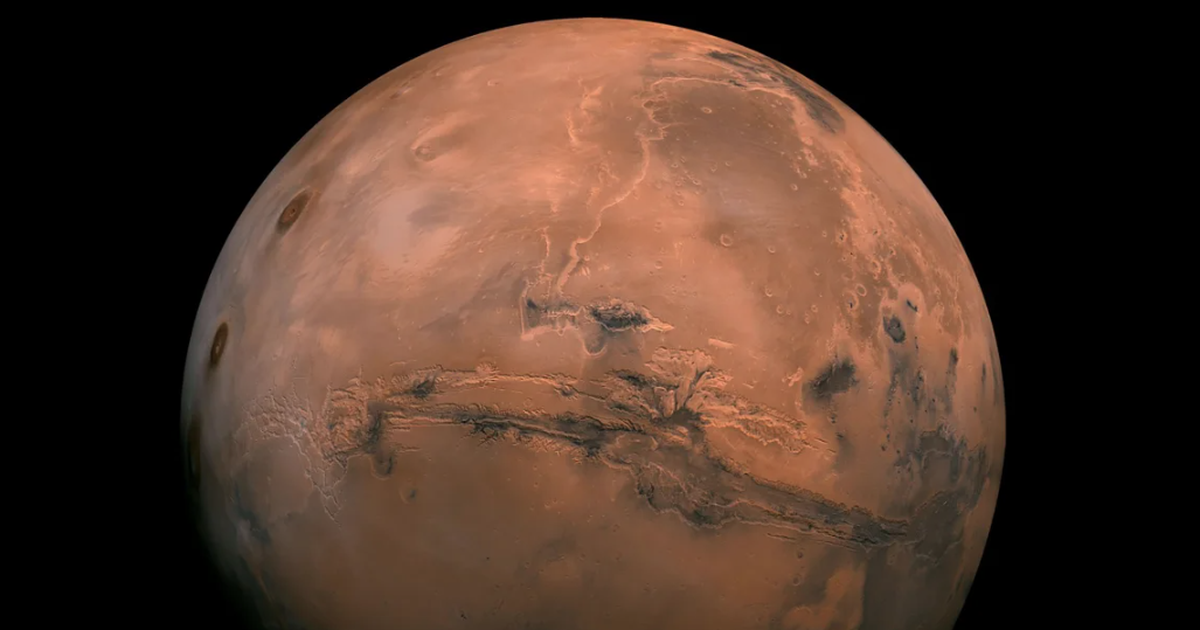

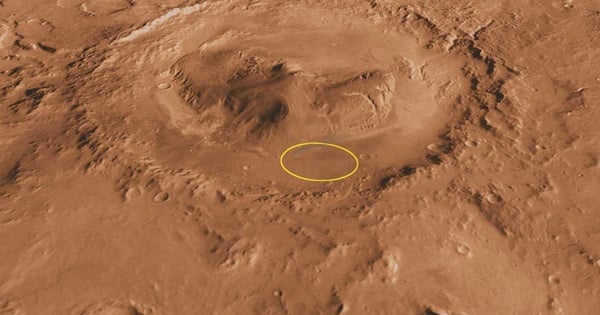
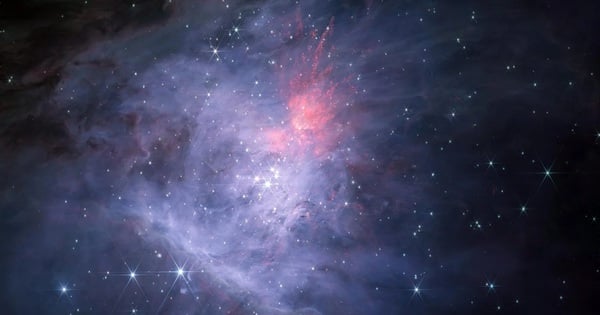














































































Comment (0)